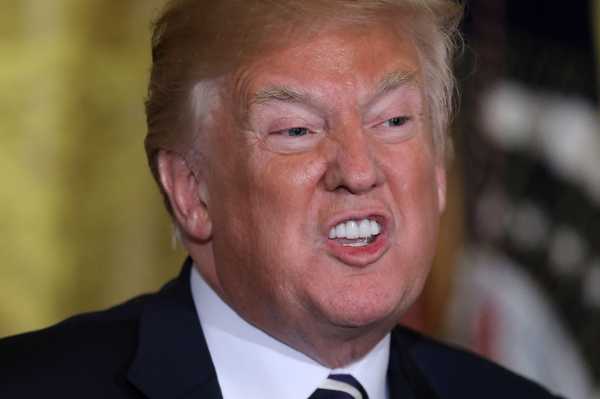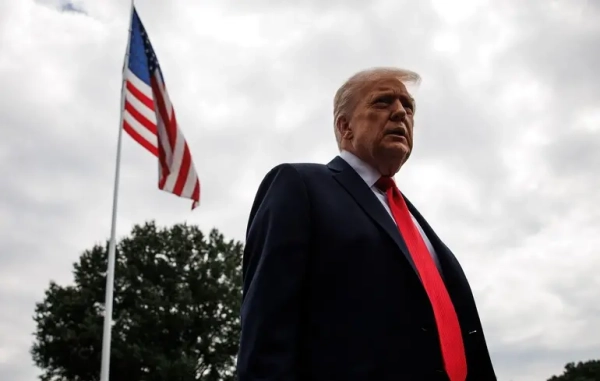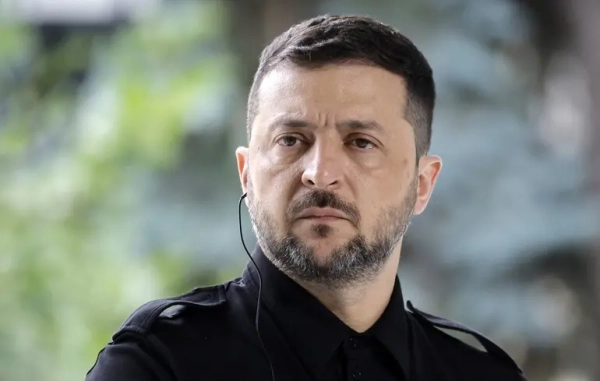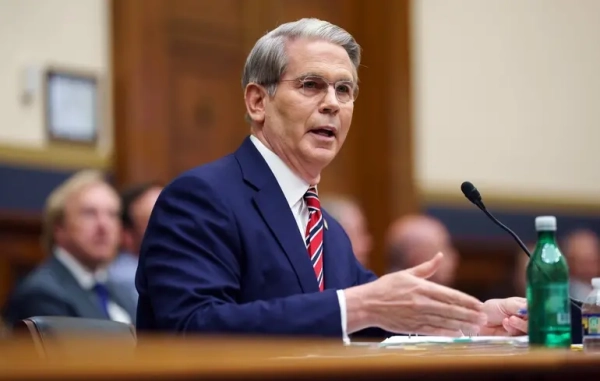
The president is tweeting again.
He’s mad at the “negative (Fake)” coverage of TV network news. And he’s using Twitter to float a new idea for striking back — which, if it actually happened, would be very worrisome indeed.
Trump’s tweet is based on a right-wing “watchdog” study — via Fox News, of course
At this point, when Trump tweets that something was “just reported,” it practically goes without saying that it was reported on Fox & Friends, the Fox News morning show that has all but supplanted the president’s daily intelligence briefing.
Matt Gertz of the progressive media watchdog Media Matters pegged the exact Fox & Friends segment Trump was referring to — presumably watching on tape delay on his “super TiVo” an hour and a half after it aired:
The Fox report, in turn, is based on a study by the Media Research Center, a right-wing media watchdog group. Fox’s graphic isn’t quite right: The most recent Media Research Center report on network coverage, from January 1 to April 30 of this year, shows that 90 percent of Trump coverage was negative, not 91 percent. Previous Media Research Center reports, issued last fall and this March, showed that 91 percent coverage was negative.
It’s not clear how the Media Research Center determines whether coverage is positive or negative, and the consistency of their findings — with multiple studies showing the exact same 9 percent/91 percent split of positive versus negative coverage — might raise some questions as to the rigor of their methods.
But other analysts agree that network coverage of Trump has been more negative than positive. The Shorenstein Center on Media, Politics, and Public Policy at the Harvard Kennedy School found that over Trump’s first 100 days in office, network coverage of Trump that expressed a position was more than 90 percent negative on CNN, CBS, and NBC — though that doesn’t include a large share of coverage that was deemed neutral.
Dear Donald Trump: negative coverage doesn’t mean “Fake” news
It’s nice of Trump to admit, explicitly, what many skeptics have suspected all along: When he complains about “fake news,” he doesn’t actually mean “news that is untrue”; he means news that is personally inconvenient to Donald Trump.
The Media Research Center didn’t say 91 percent of Trump coverage was fake. Trump himself conveniently drew the connection.
And having conflated “negative” with “Fake,” he proceeded to float the idea of punishing the press for its perceived transgressions — in particular, revoking their credentials (presumably their White House credentials).
If this actually happened, it would be an unprecedented attack on the freedom of the press. Revoking White House credentials for major news outlets simply because the president doesn’t like them wouldn’t technically be censorship, but it would certainly put a thumb on the scale of White House coverage.
But it’s also worth noting that at this point, President Trump has done a lot of Twitter saber rattling about the press having too much freedom and hasn’t spent a lot of energy acting on it.
Trump’s White House has reduced access to the president in official Oval Office press gaggles, and his press secretaries call on explicitly pro-Trump and conservative outlets more than their predecessors (and nonpartisan outlets, by extension, less often). But when the White House actually tried to restrict some outlets from accessing a press briefing in February 2017, other outlets refused to attend in solidarity — and two of the outlets that did send reporters clarified after the fact that if they’d known some journalists would be barred, they wouldn’t have gone.
The White House hasn’t tried to pull that trick in the past several months. Sarah Huckabee Sanders complains about the press corps, but she talks to them.
It’s reasonable to worry about reporters changing their behavior due to Trump’s threats, and becoming more obedient. But if it hasn’t happened after the past several gripes and threats, it’s not clear why it would start now.
Sourse: vox.com






